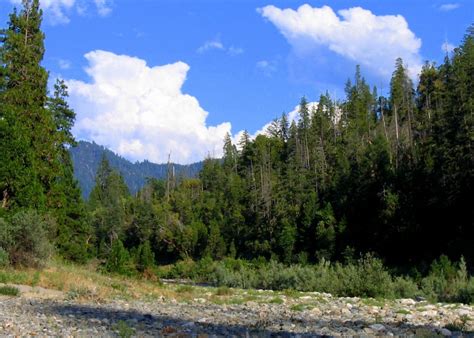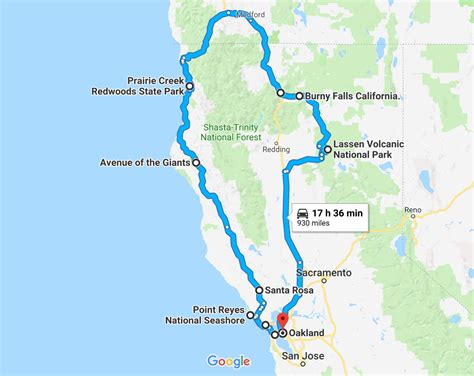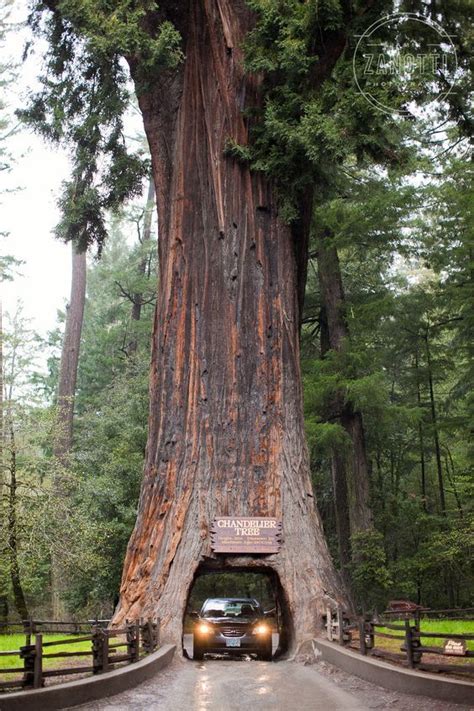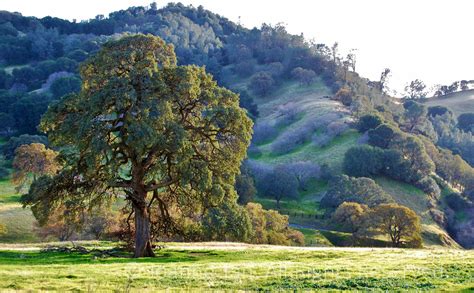Northern California is renowned for its diverse and vibrant landscape, featuring a wide range of tree species that not only contribute to the region's natural beauty but also play a crucial role in its ecosystem. From the majestic coastal redwoods to the resilient oak trees, each species has its unique characteristics, adaptations, and importance in the environment. This article will delve into the details of five notable tree species found in Northern California, exploring their distinctive features, ecological significance, and the role they play in the region's biodiversity.
Introduction to Northern California’s Tree Species

Northern California’s tree species are as varied as the landscapes they inhabit. The region’s climate, ranging from the cool, foggy coastal areas to the hotter, drier inland zones, supports a wide array of tree types. Understanding these species is not just about appreciating their beauty but also about recognizing their ecological importance and the challenges they face due to climate change, urbanization, and other human activities. The five tree species discussed here are the coast redwood, the giant sequoia, the Monterey pine, the valley oak, and the ponderosa pine.
Key Points
- The coast redwood is one of the tallest tree species in the world, known for its ability to thrive in the foggy coastal climate of Northern California.
- The giant sequoia, found in the Sierra Nevada mountains, is renowned for its massive size and longevity, with some trees estimated to be over 3,000 years old.
- The Monterey pine, native to the Central Coast of California, is an important species for coastal ecosystems but faces significant threats from disease and urban development.
- The valley oak, a common sight in the valleys and foothills of Northern California, plays a crucial role in supporting local wildlife and maintaining soil health.
- The ponderosa pine, adapted to the hotter, drier conditions of the region's interior, is a key species in many of Northern California's forest ecosystems, providing habitat for a variety of wildlife.
The Coast Redwood: A Natural Wonder

The coast redwood (Sequoia sempervirens) is perhaps one of the most iconic tree species in Northern California, known for its towering height and striking appearance. These trees can live for up to 2,000 years and are found in a narrow strip of coastal land where the climate is cool and foggy. The coast redwood’s ability to absorb moisture from the fog through its leaves is a unique adaptation that allows it to thrive in this environment. The ecological importance of coast redwoods cannot be overstated; they provide habitat for a variety of plant and animal species and play a significant role in carbon sequestration.
Habitat and Distribution of Coast Redwoods
Coast redwoods are predominantly found in the foggy, mild climates of the Northern California coast. They require a specific set of conditions to grow, including high humidity, moderate temperatures, and well-drained soil. The fog that rolls in off the Pacific Ocean provides the necessary moisture for these trees to survive, especially during the dry summer months. Efforts to conserve and protect coast redwood forests are ongoing, recognizing the vital role these ecosystems play in maintaining biodiversity and mitigating the effects of climate change.
| Tree Species | Average Height | Lifespan |
|---|---|---|
| Coast Redwood | 200-250 feet | Up to 2,000 years |
| Giant Sequoia | 150-250 feet | Up to 3,000 years |
| Monterey Pine | 80-100 feet | Up to 100 years |
| Valley Oak | 60-80 feet | Up to 600 years |
| Ponderosa Pine | 100-150 feet | Up to 600 years |

The Giant Sequoia: Longevity and Size
The giant sequoia (Sequoiadendron giganteum) is another iconic tree species found in Northern California, specifically in the Sierra Nevada mountain range. Known for their massive size and incredible longevity, with some trees estimated to be over 3,000 years old, giant sequoias are a testament to the resilience and adaptability of nature. These trees thrive in the higher elevations of the Sierra Nevada, where the climate is cooler and the soil is well-drained. The giant sequoia’s large size and long lifespan make it an important carbon sink and a significant component of the region’s forest ecosystems.
Ecological Role of Giant Sequoias
Giant sequoias play a crucial role in their ecosystems, providing habitat for a variety of plant and animal species. Their large canopies create a microclimate that supports a diverse range of flora and fauna, from the fungi in the soil to the birds nesting in their branches. The ecological significance of giant sequoias extends beyond their role as habitat providers; they also contribute to the regional water cycle and help maintain soil quality through their root systems.
The Monterey Pine: A Coastal Species
The Monterey pine (Pinus radiata) is native to the Central Coast of California and is an important species for coastal ecosystems. However, it faces significant threats from disease, particularly the pitch canker fungus, and urban development. Efforts to protect and restore Monterey pine forests are crucial for maintaining the biodiversity of coastal ecosystems and ensuring the long-term health of these forests.
The Valley Oak: A Keystone Species

The valley oak (Quercus lobata) is a common sight in the valleys and foothills of Northern California. This tree species plays a crucial role in supporting local wildlife, providing acorns that are a vital food source for many animals. Valley oaks also contribute to maintaining soil health through their root systems, which help to stabilize the soil and prevent erosion. The ecological importance of valley oaks makes them a keystone species in their ecosystems.
The Ponderosa Pine: Adaptation to Drier Conditions
The ponderosa pine (Pinus ponderosa) is adapted to the hotter, drier conditions found in the interior of Northern California. This tree species is a key component of many forest ecosystems in the region, providing habitat for a variety of wildlife and contributing to the maintenance of soil health. The ponderosa pine’s ability to thrive in drier conditions makes it an important species for understanding how forests might adapt to the challenges posed by climate change.
What is the tallest tree species in Northern California?
+The coast redwood is the tallest tree species in Northern California, with some trees reaching heights of over 250 feet.
Why are giant sequoias important for the ecosystem?
+Giant sequoias are important for the ecosystem because they provide habitat for a variety of plant and animal species, contribute to the regional water cycle, and help maintain soil quality through their root systems.
What threatens the Monterey pine?
+The Monterey pine is threatened by disease, particularly the pitch canker fungus, and urban development, which can lead to the destruction of its habitat.
Why is the valley oak considered a keystone species?
+The valley oak is considered a keystone species because it provides a vital food source for many animals through its acorns and contributes to maintaining soil health through its root systems.
How does the ponderosa pine adapt to drier conditions?
+The ponderosa pine adapts to drier conditions through its deep root system, which allows it to access water deeper in the soil, and its ability to close its stomata during the hottest part of the day to conserve water.
In conclusion, the diversity of tree species in Northern California is a testament to the region’s varied landscapes and climates. Each species, from the coast redwood to the ponderosa pine, plays a unique and vital role in its ecosystem. Understanding and appreciating these roles is essential for developing effective conservation strategies and ensuring the long-term health of Northern California’s forests. As we move forward in an era marked by climate change and increasing human impact on natural environments, the importance of preserving and protecting these tree species cannot be overstated.



